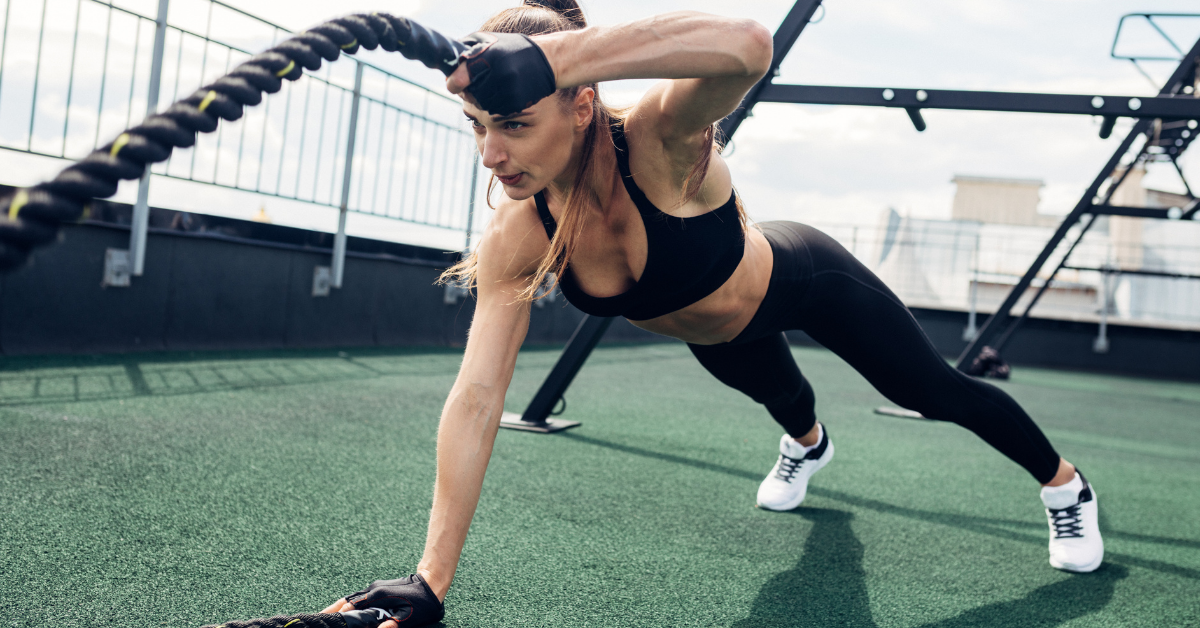Swimmers Shoulder

It is that time of year where we replace our beanies and jumpers with swim caps and cozzies.
Now that restrictions have eased and there is no longer the hassle of worrying about booking swim sessions online you are probably excited to be back in the water.
Whether you’re training for ocean swimming events, triathlons, pool competitions or just swimming leisurely to increase your fitness, it is quite likely you have come across the term ‘Swimmers Shoulder’ or even had it.
So what is it?
When we swim, we require full range of movement at our shoulder joint and an adequate amount of strength and endurance from the muscles surrounding our shoulder joint. As we know, swimming is very repetitive and therefore our shoulders can become aggravated by the constant rotation of our shoulder joints, leading to shoulder impingement or what we all call, “swimmers’ shoulder”.
Common symptoms and signs reported by swimmers include:
- Pain when entering the water and beginning the stroke or in the recovery stage (lifting the arm out of the water).
- Pain or tenderness on the tip of the shoulder that can often extend to the front of the arm.
- Pain and weakness with movements outside of the pool. For example, dressing, washing hair and overhead activities.
Why do I feel this pain?
There can be several factors that contribute to the shoulder pain we experience. These include:
- Poor technique: if you enter the water with your hand crossing the midline you place your shoulder joint in a vulnerable position, causing impingement in the joint. The way you take a breath can also impact your shoulders.
- Over training: not allowing yourself to recover between sessions, like any form of exercise places you at a higher risk of injury.
- Muscle imbalance: if our rotator cuff muscles are weaker, they cannot fulfill their main role – to provide stability and hold the humeral head in the shoulder joint. This can lead to instability or impingement.
- Occupation: if you spend most of your day doing overhead activities you are more susceptible to rotator cuff injury. Likewise, sedentary workers are more likely to develop poorer postures and scapula weakness all of which can impact your position in the water.
- Age: The older we get the longer it takes for our body to heal and adapt to changes in activity and load.
Previous shoulder injuries.
What can you do to help alleviate the pain?
- Ideally, we would want you to continue swimming, however this may require some adjustments such as correcting your technique, performing a strengthening program, or possibly reducing the frequency or intensity of sessions.
- A physiotherapist can perform a functional assessment and provide you with a diagnosis of what is causing your shoulder pain. We can help adjust your swimming program and give you suggestions regarding pain management strategies.
Have your strength assessed properly: Here at Parkside, we are seeing great results using our AXIT strength assessment technology to assess your shoulder strength. We can accurately see whether you have an imbalance between your left and right sides or between muscle groups. We can compare your strength to normal values for your gender, identify a weak rotator cuff and track improvements in time with our rehab protocols for shoulder conditions.
If you have made it this far, chances are you are experiencing some of these symptoms. If you would like our help to get you back in the pool pain free this summer, please feel free to get in touch, we’d love to help you get back to doing what you love.


